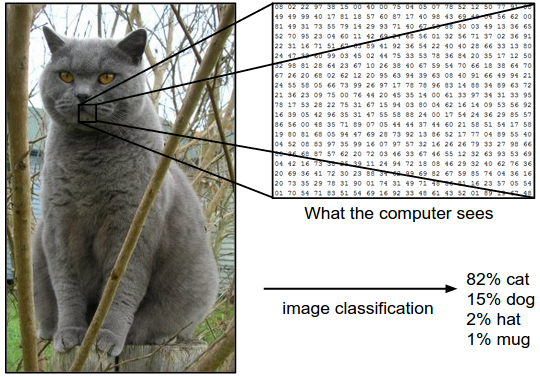Template
You can start your notes here before you start diving into specific topics under each heading. This is a useful place to define the topic of the day and lay out the structure of your lecture notes. You’ll edit the Markdown file, in this case template.md, which will automatically convert to HTML and serve this web page you’re reading!
The table of contents can link to each section so long as you match the names right (see comments in template.md for more elaboration on this!). This Markdown to HTML mapping doesn’t like periods in the section titles and won’t link them from the table of contents, so use dashes instead if you need to.
First Big Topic
Here you can start to talk about the first topic of your notes. You can bold text like this, or italicize text like this. If you want to make a numbered list it’s as easy as
- Bullet
- points
- are
- similar
For a more detailed cheatsheet on the most important functionality of Markdown, check out this link https://wordpress.com/support/markdown-quick-reference/, which you can format in Markdown with your own link title
Subtopic 1-1
You might want to include images in your notes, since Computer Vision as a field is blessed with tons of cool visualizations. Here’s an example from the CS 231N notes page we included as a reference for you:

Subtopic 1-2
Sometimes you might want to insert some code snippets into your notes. As an example, here’s a snippet of python code taken from the CS 231N notes:
Xtr, Ytr, Xte, Yte = load_CIFAR10('data/cifar10/') # a magic function we provide
# flatten out all images to be one-dimensional
Xtr_rows = Xtr.reshape(Xtr.shape[0], 32 * 32 * 3) # Xtr_rows becomes 50000 x 3072
Xte_rows = Xte.reshape(Xte.shape[0], 32 * 32 * 3) # Xte_rows becomes 10000 x 3072
Subtopic 1-3
Sometimes you might want to write some mathematical equations, and LaTeX is a great tool for that! You can write an inline equation like this \( a^2 = b^2 \), or you can display an equation on its own line like this! \[ a^2 = b^2 + c^2 \]
You can also apply LaTeX syntax to label your equations and refer to them later! Here’s the equation:
\[\begin{equation} \label{your_label} a^2 = b^2 + c^2 + d^2 + e^2 \end{equation}\]and here’s a linked reference to it: \eqref{your_label}. For now, this configuration likes the \”\$\$ equation stuff … \$\$\” syntax to have an empty line above and below it, but it displays the same anyway.
For a guide on LaTeX syntax and how to write mathematical equations and formulas with it, check out this link
Here’s a short guide on how to use the basics of LaTeX
- You’ve seen above the syntax to start and end an equation, so now let’s work on what you fill in the middle
- You can make variables and expressions bold in equations too: \(\mathbf{x} + y\)
- Superscripts and subscripts are easy: use the ^ and _ symbol and bound your super/sub script by {} if it’s more than one character. For example: \(e^{-x+10}\)
- Greek letters are also simple, use the \ character with their written name with optional capitalization, such as alpha or Alpha. For example: \(\alpha + \beta + \gamma + \delta + \Gamma + \Delta\). Not all capital greek letters work like this, but you can search online for solutions if this trick fails or reach out to the CA’s. In general the \ character in LaTeX is the gateway to all kinds of special characters and functionalities.
- Sums and Products are really useful in Latex. You can use both superscripts and subscripts to mark the bounds: \(\log(\prod_{i=0}^{2n}i^2) = \sum_{i=0}^{2n}\log (i^2)\)
- Another useful trick is to write out a matrix or a vector in LaTex. There’s a lot of customization you can do with this, so check out this page for more details. Here’s some examples in our Markdown environment:
As with the labelled equations, it makes a difference whether the lines above and below the equation are blank, so keep that in mind while debugging!
Second Big Topic
This should give you the primary tools to develop your notes. Check out the markdown quick reference for any further Markdown functionality that you may find useful, and reach out to the teaching team on Piazza if you have any questions about how to create your lecture notes